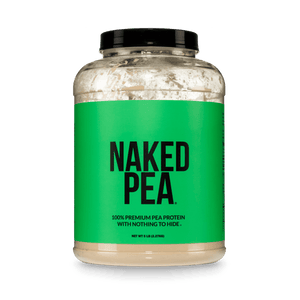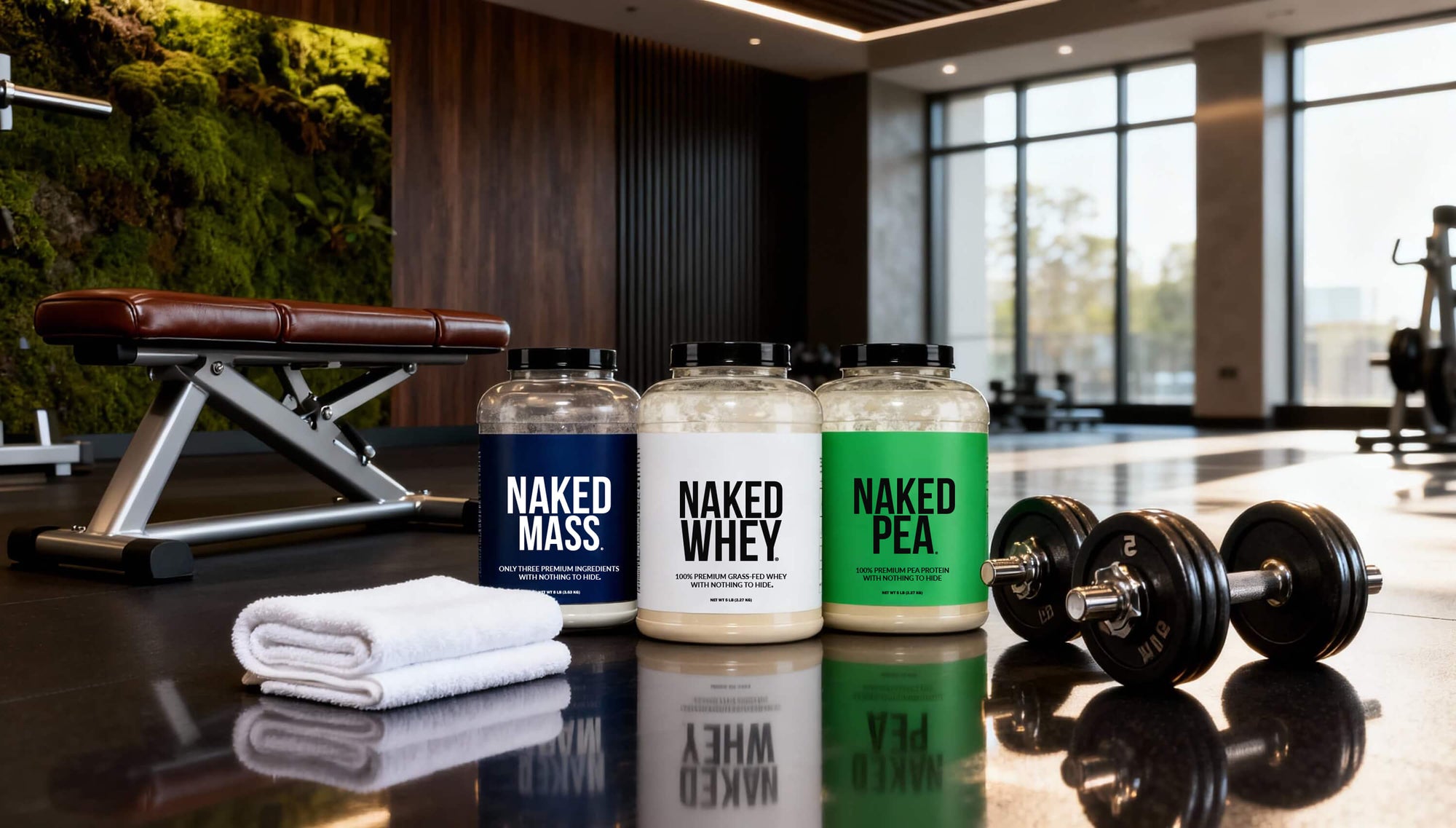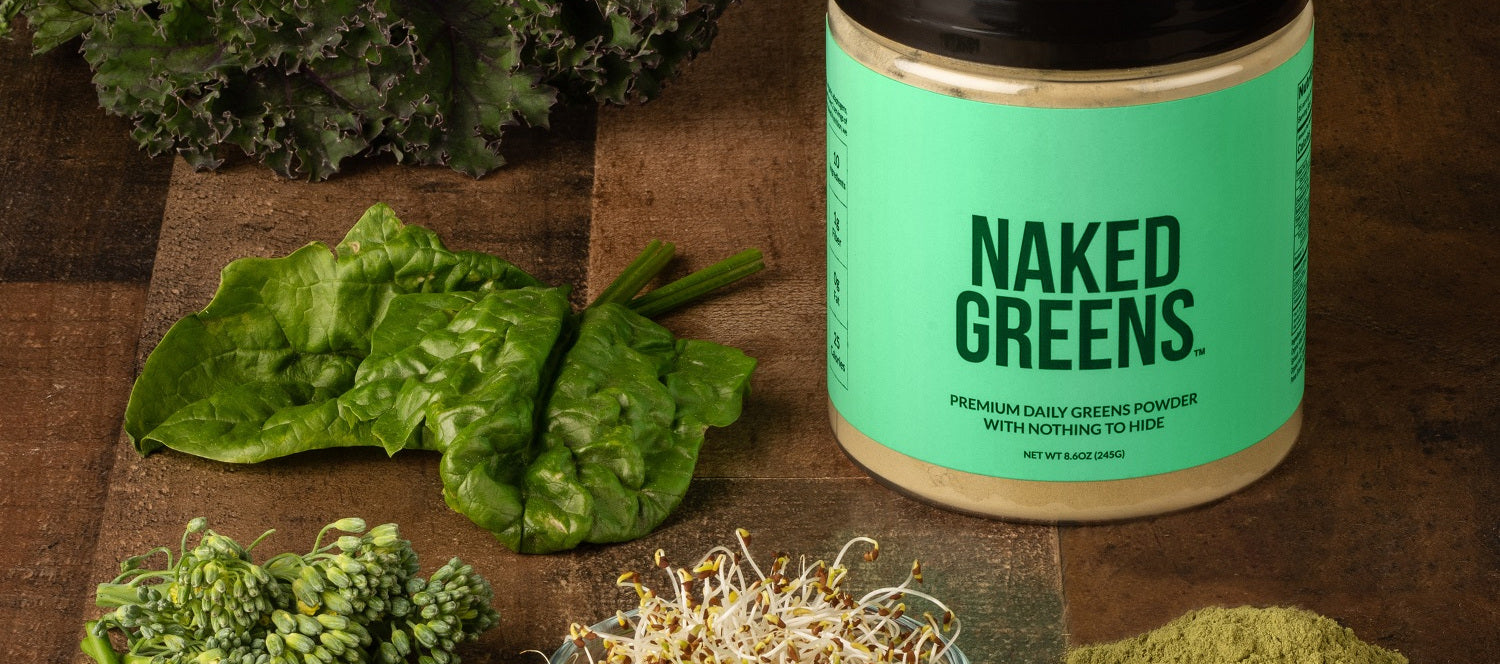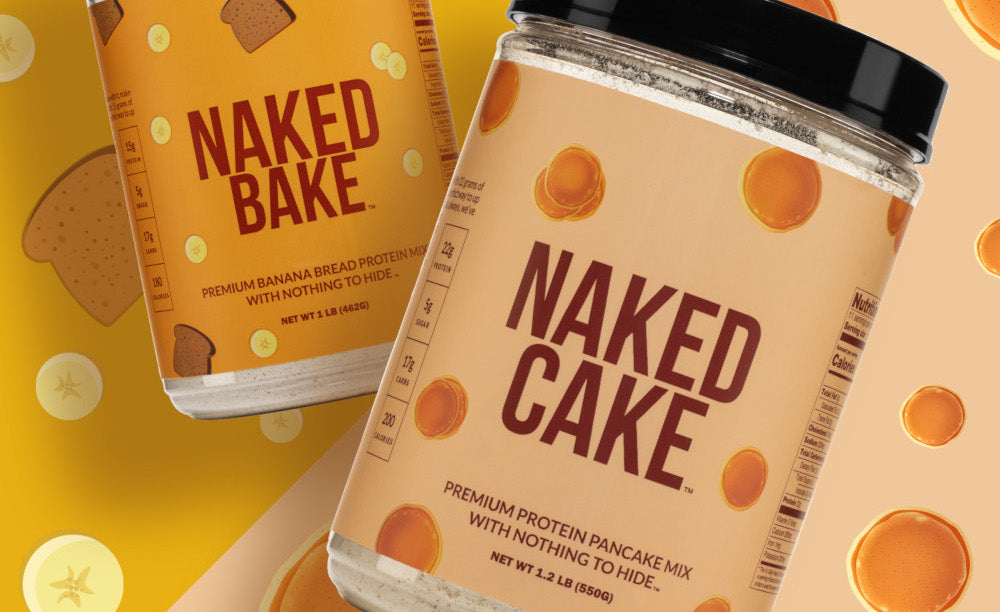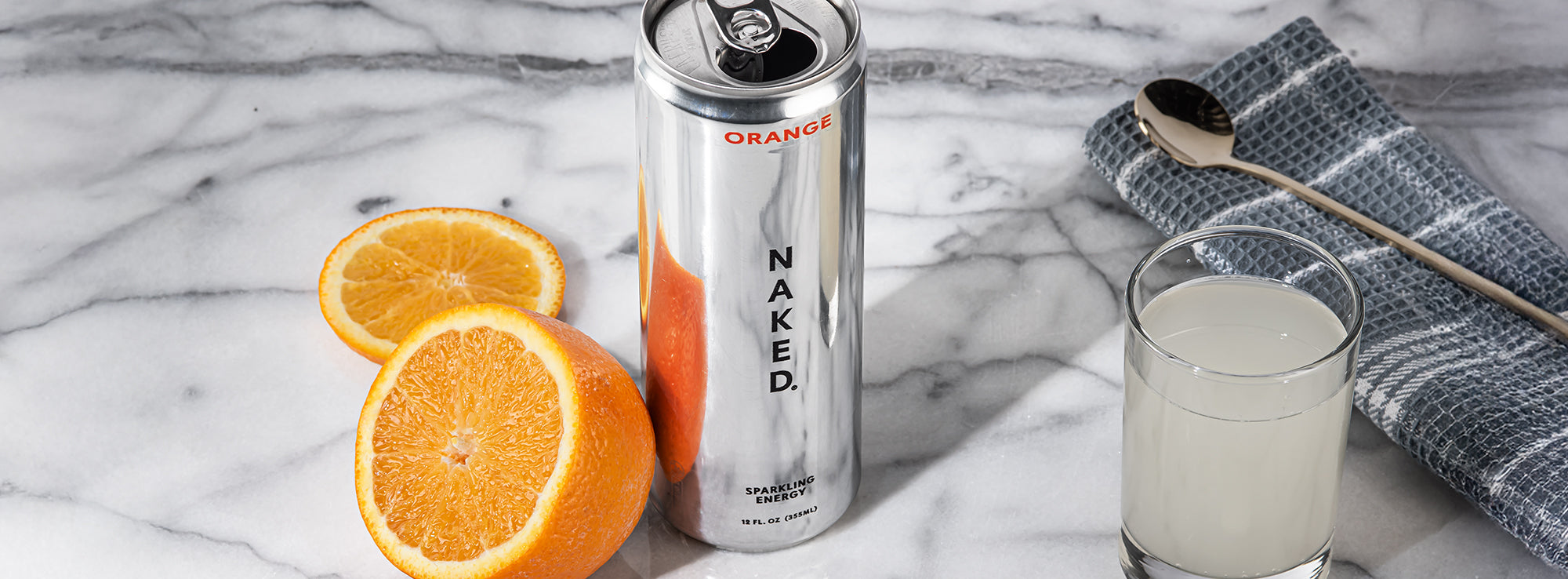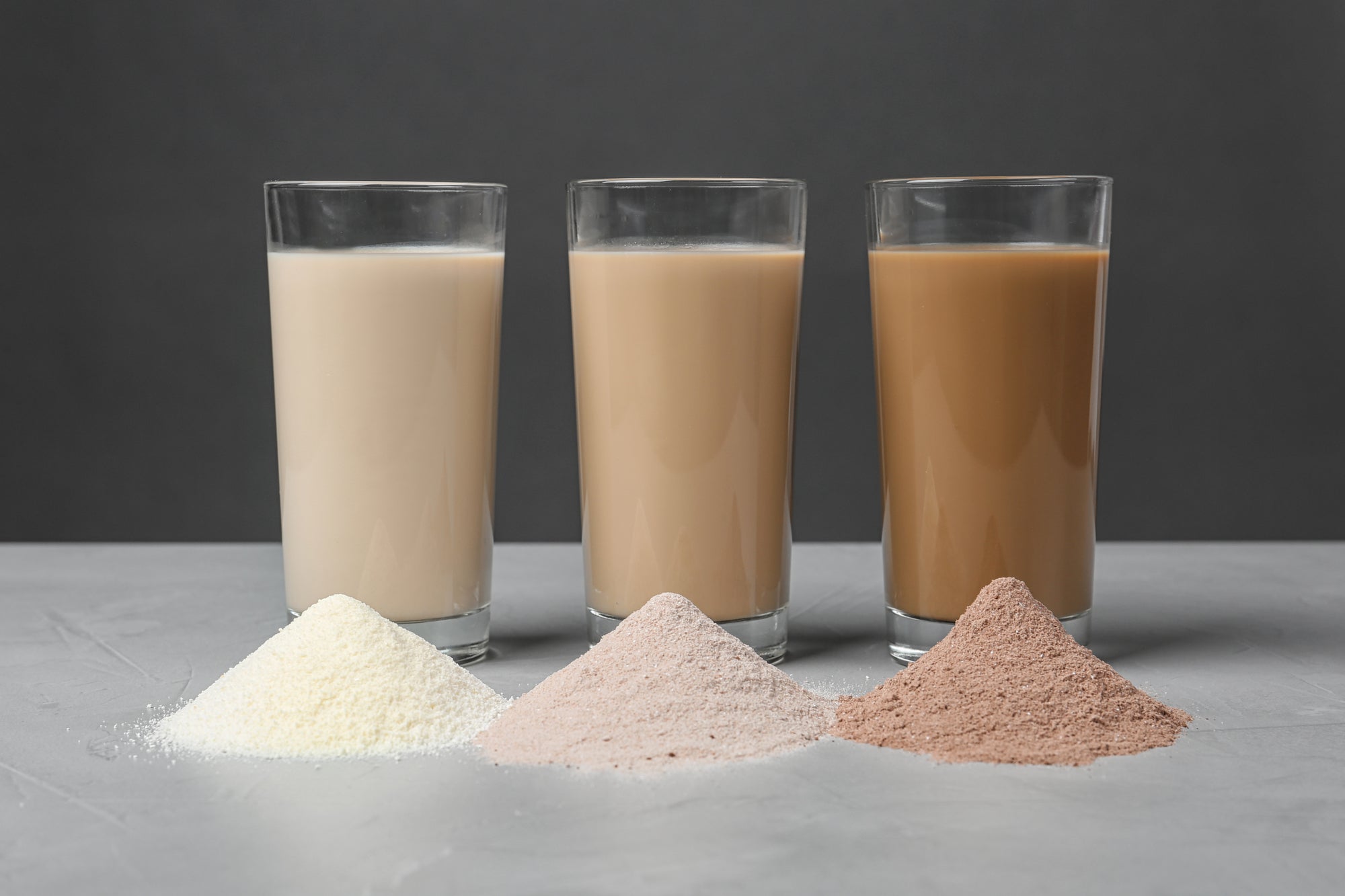Think you know a thing or two about protein supplements? Here are 13 facts about this popular product – and the work that goes into making it – that you might not be aware of.
1. Consider the source – Protein supplements can be made from a huge number of sources – whey, casein, peas, rice, and eggs just to name a few – but these sources are not always interchangeable. Whey, for instance, is absorbed and put to use much faster than casein which makes it a much more popular choice for post-workout recovery. Various sources also have different amino acid profiles – and thus are higher or lower quality. Other factors that could (and should) influence your choice include lactose intolerance, food allergies, or whether you are a vegetarian or vegan.
2. They could be packed with heavy metals - A 2010 study, conducted by Consumer Reports, found dangerous levels of arsenic, cadmium, lead, and mercury in several highly popular protein supplements. These substances can cause a host of serious health conditions, affecting your brain, liver, kidneys and other systems.
3. Other “Undisclosed Ingredients” - Because protein powders, like other supplements, are not regulated by the Food and Drug Administration (FDA), unscrupulous manufacturers sometimes sneak ingredients in to the final product that aren't listed on the label. In 2005, MuscleTech was sued twice by professional athletes who tested positive for steroids after taking their Nitro-Tech powder. Both athletes claimed that the powder contained the steroid precursors norandrostenedione and androstenediol – which were not disclosed on the label. Although a company spokesman denies these accusations, it's noteworthy that both complaints were settled out of court.
4. Most protein powders are bleached – As is true with most food manufacturers, makers of protein supplements are highly concerned with all aspects of the end product – including appearance. Whey, in its natural state, tends to have a slightly yellow color, an attribute that is typically considered undesired. To “fix” this, manufacturers use a bleaching agent – typically either benzoyl peroxide or hydrogen peroxide. In addition to just being an unpleasant thought, the use of these chemicals changes the way that the nutrients in whey is processed by your body. So, while the plain white powder might look more attractive, it results in an inferior supplement.
5. Whey isn't normally blue (or pink or orange) – This one might seem obvious, but in light of the previous topic, it's worth pointing out clearly. Once the products are bleached, they are then dyed – since white isn't any more exciting than pale yellow. The dyes used in these preparations are – or course – artificial additives, some of which have been associated with a host of health problems including behavioral issues and an increased risk of cancer.

6. They get a nice, long acid bath – Another aspect of protein supplements that makers are deeply concerned about is mixability – the ease of which the powder dissolves. In order improve this rating, companies will often partially dissolve the protein using acid and other techniques. While this does increase the mixability of the supplement, it destroys many of the useful nutrients contained in the original source.
7. It might be a low-quality powder – More often than not, protein powders do not get made by the same company that sells them. Sometimes, when the raw liquid whey is being powdered, it gets damaged – whether this means overly dry or burned or some other defect. It's still whey, but doesn't completely fulfill industry standards. So the makers of the powder offer to sell it to supplement manufacturers at a discounted rate. After that supplement company gets through dying it and flavoring it and everything else they do to it, though, the defective powder gets sold for the same price as the good stuff. This is not just an issue of taste, looks or mixability, however – incorrect processing can reduce the bioavailability of the product, making it ultimately less useful.
8. Added aminos mean low quality – As mentioned, a protein’s “quality” is measured by its amino acid profile – both quantity and bioavailability. Occasionally, a protein powder is taken from such low quality sources and so heavily processed that, by the time it’s in the jug it’s really got nothing to offer. And thus the industry practice of “protein spiking” was born. Low-cost amino acids are essentially backloaded into a protein powder as a filler. And since these are not technically another protein source, the manufacturer can still claim that their product is “100 percent whatever.” These added amino acids can also come from unsavory sources, such as animal pelt.
9. Salmon Protein Hydrolysate is some nasty stuff – You may have seen this thrown into your protein supplements along with any number of protein sources. And, at first, it could seem like a good thing. After all, salmon's good for you, right? The problem is, salmon protein hydrolysate is code for “salmon sludge.” When the fish is processed for meat, the leftover bones, organs and whatnot is all mashed together and mixed with digestive enzymes that break it down. That is salmon protein hydrolysate. But it's worse than just being gross. Studies have found that, in trained athletes, this goop not only doesn't help but can actually reduce performance.
10. Whey is greater than the sum of its parts – Yes, one of the measures of “quality” in protein supplements is the quantity of amino acids that that protein contains. Often, though, amino acids are either destroyed during processing or otherwise lacking from a protein powder. To get around this, companies simply add them back in. This might not be doing any good. One fascinating study compared the benefits of muscle growth of total whey with its collective amino acids. The researchers found that, even if the amino acids were giving in the exact same doses are present in whey, the complete, untouched whey outperformed its amino acid parts. A supplement that adds aminos back in, then, isn't doing you any favors.
11. Most come from the same place – Regardless of the labels or marketing that goes into competing supplements, they are ultimately the same product. As briefly mentioned in number 6, the vast majority of protein powders on the market are actually made by just a handful of manufacturers who then sell that powder to other companies for additional manipulation and processing. Often, these manufacturers own supplement companies that then sell protein powders, as well. The point is, regardless of what you brand you prefer, most of the big brands are actually selling you the same powder.
12. They aren't concerned with quality – You may have gathered this already but, this point is so important that it deserves its own listing. The majority of the... unpleasant additives and processes that we've discussed above (and in a past post) are motivated by one thing: profit. By adding things like salmon protein hydrolysate, damaged protein and other fillers, manufacturers are able to sell you an inferior product at an inflated price.
13. They are supplements – We often forget that, by definition, supplements are something added. In this case, they should be added to an already quality diet. If the rest of your diet is garbage or you aren’t working out, protein supplements aren’t going to magically give you the body that you want.

